Event Photography: Best Practices and Essential Gear for Every Situation
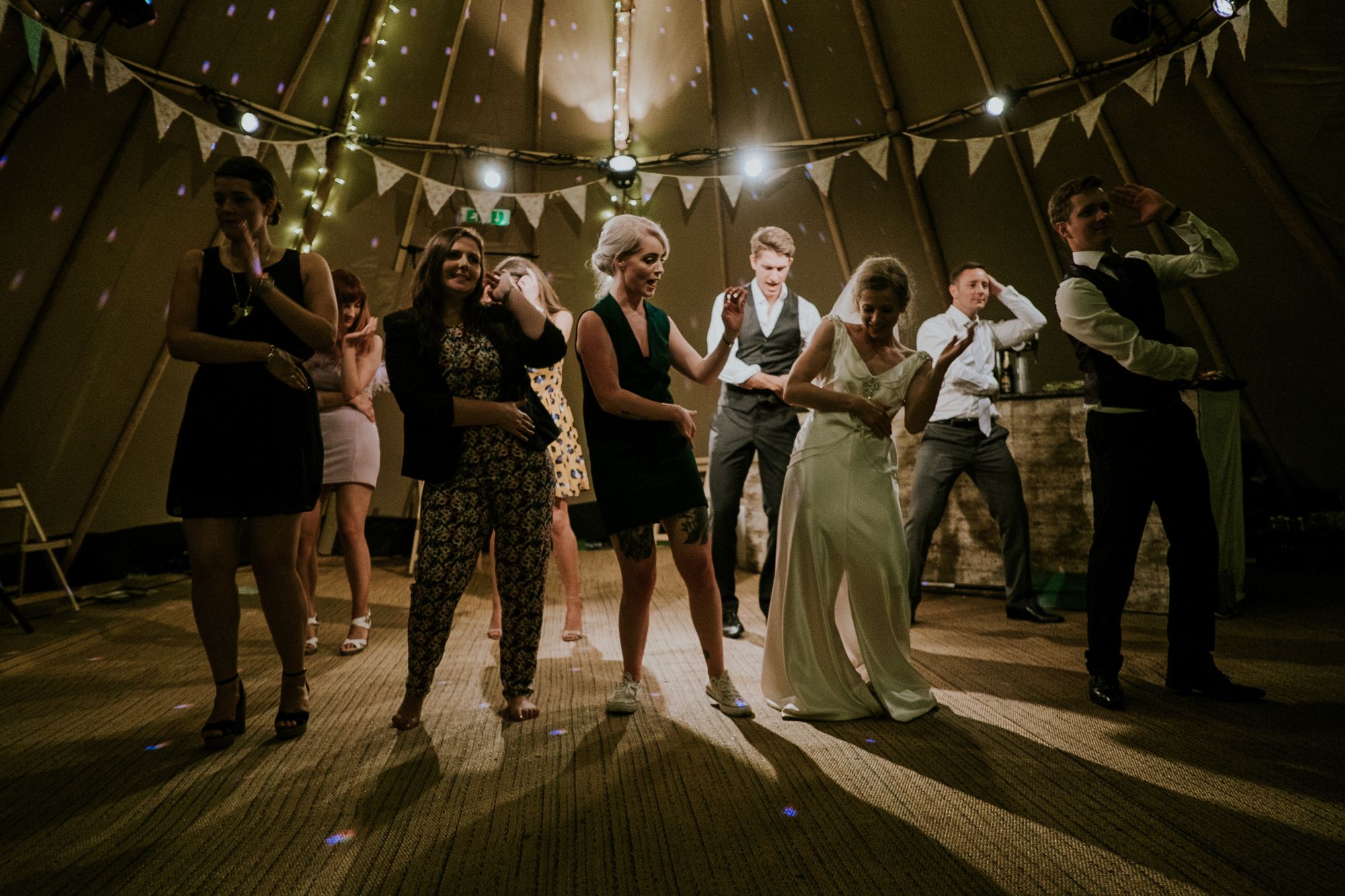
Whether you're a seasoned photographer or an individual who just loves to capture moments, event photography poses a unique set of challenges and opportunities. The demand for high-quality event photos is pervasive, from corporate gatherings to casual parties to public events. This expansive guide aims to provide you with a holistic view of event photography, offering insights into capturing visually stunning images in varied settings. We will cover the essentials, from indoor to outdoor photography, the recommended gear, and expert tips to elevate your skills.
Mastering Indoor Event Photography
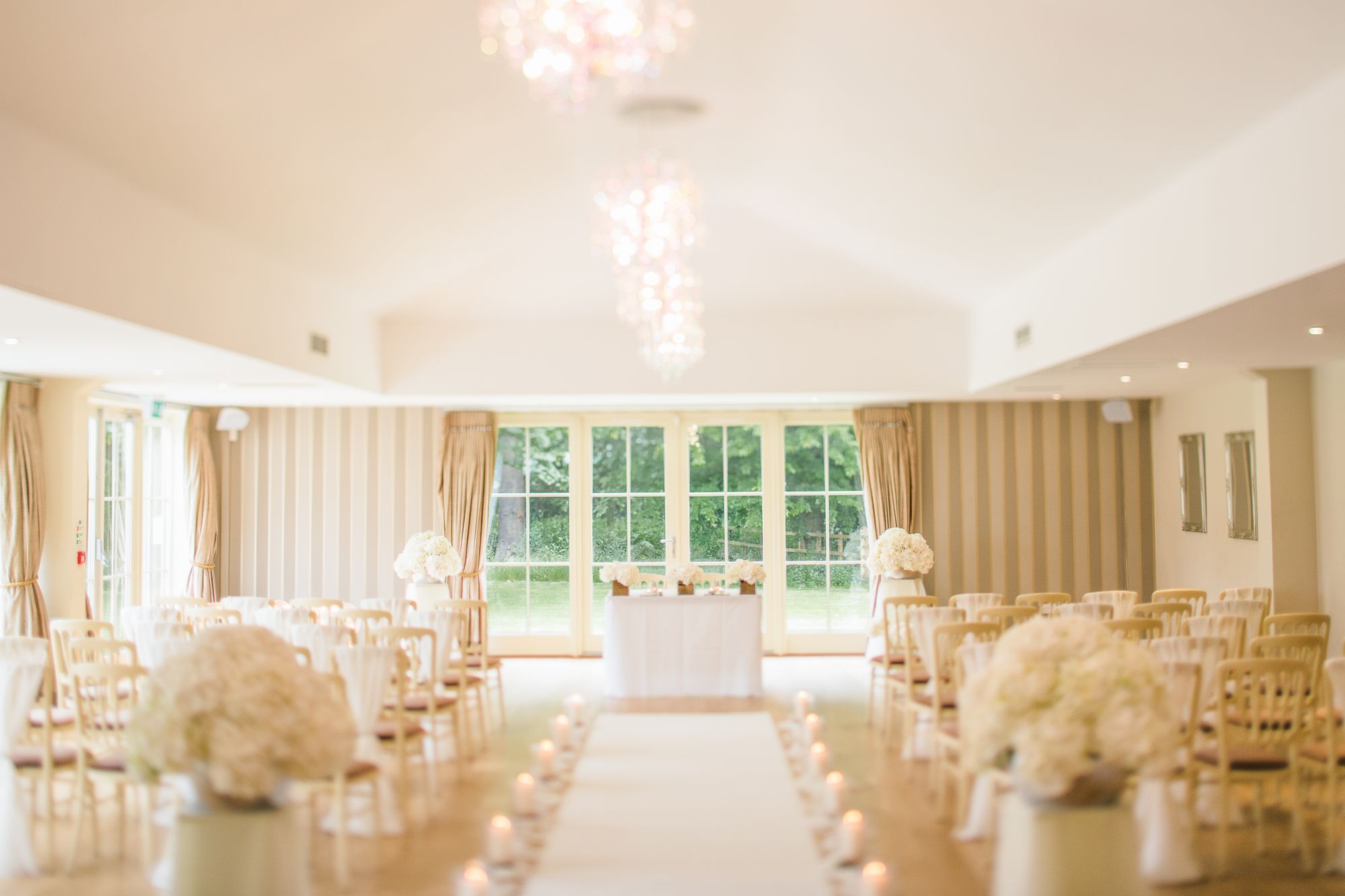
Light, Camera, Action
Lighting is both your best friend and worst enemy when shooting indoors. Dimly lit rooms can distort the color and quality of your pictures. A fast lens with an aperture of f/2.8 or lower can allow more light into the camera, enhancing the shot. When natural light is limited, an external, diffused flash can fill in the gaps without making the scene look artificially lit.
Framing and Composition
When you're confined to a room, framing and composition become paramount. It's not just about fitting people or objects into your shots, but doing so in a way that is visually appealing and informative. Using the rule of thirds can help you create balanced shots that draw the viewer’s attention to the subject. Always keep an eye on the background and the edges of your frame to ensure that no distracting elements take away from your main focus.
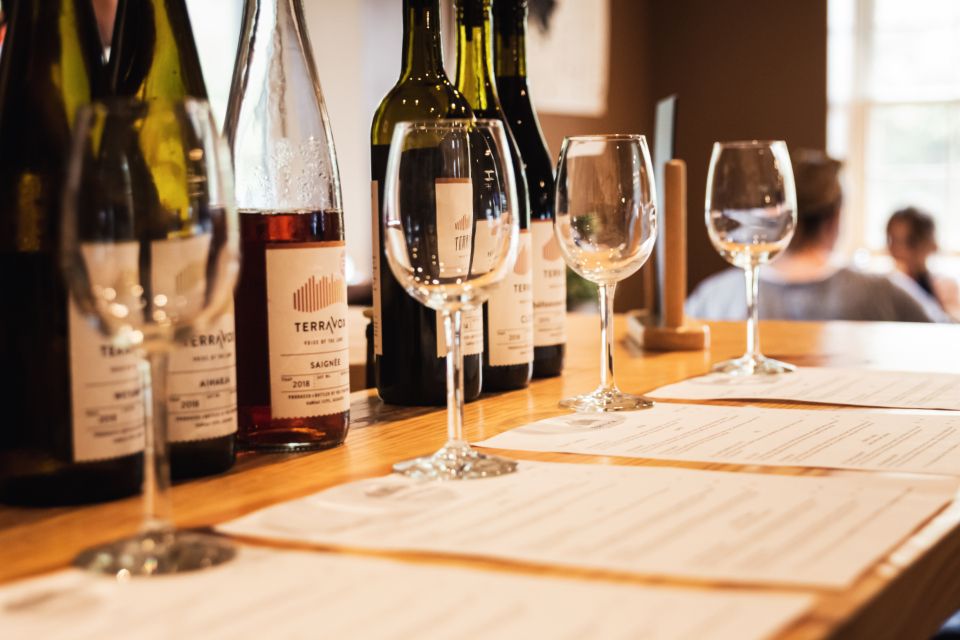
Common Pitfalls to Avoid
Red-eye: Always instruct your subjects to look slightly away from the lens, as direct eye contact can cause red-eye. Modern cameras have red-eye reduction features, but it's always good to minimize it during the shoot itself.
Motion Blur: To avoid motion blur, especially in lively events like dance parties, opt for a faster shutter speed. This helps freeze movement, allowing for a clearer, crisper photo.
White Balance Issues: Incorrect white balance can lead to color distortions. Always adjust your white balance settings according to the lighting conditions.
Overcrowding: Too many subjects can make a photo look cluttered. Try to focus on smaller groups or individuals for more compelling shots.
High ISO Noise: Increasing your ISO can help in low-light conditions, but it can also introduce noise. Aim for the lowest possible ISO that allows for a good exposure.
Focus Errors: Nothing ruins a good shot like poor focus. Always double-check your focus settings and consider using manual focus in challenging conditions.
Lack of Depth: When shooting in confined spaces, try to create a sense of depth by using longer focal lengths or shooting from different angles.
Poor Backlighting: Avoid situations where the main light source is behind your subject, as it can create a silhouette effect where facial features are lost.
Inconsistent Exposure: If you're shooting in manual mode, be mindful of your exposure settings. A slight mistake can result in overly dark or blown-out pictures.
Conquering Outdoor Event Photography
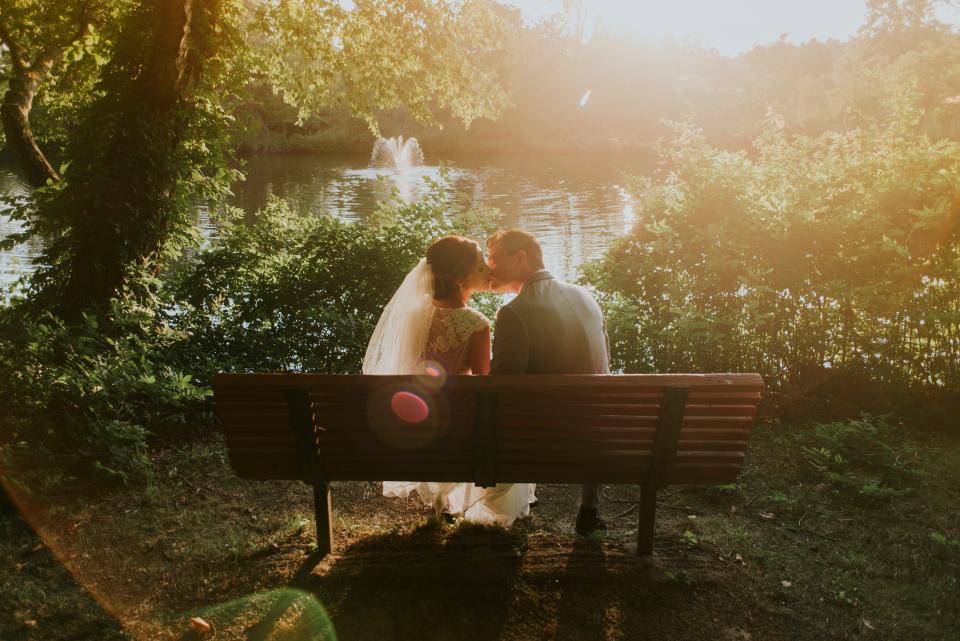
Leverage Natural Light
Outdoor settings often provide abundant natural light, but timing is crucial. Early mornings and late afternoons offer softer light that can make your subjects look more natural. Harsh midday light can cause issues like overexposure and hard shadows, which are not flattering for most subjects. Try to plan your shooting schedule around these factors for optimal results.
Be Mindful of the Background
Backgrounds play a crucial role in outdoor photography. Unlike indoor settings, outdoor events offer a wide array of backdrops, from buildings to nature. Always aim for backgrounds that complement your subject, adding to the scene rather than distracting from it. Avoid overly busy or cluttered backgrounds, as they can make the photo look chaotic and disorganized.
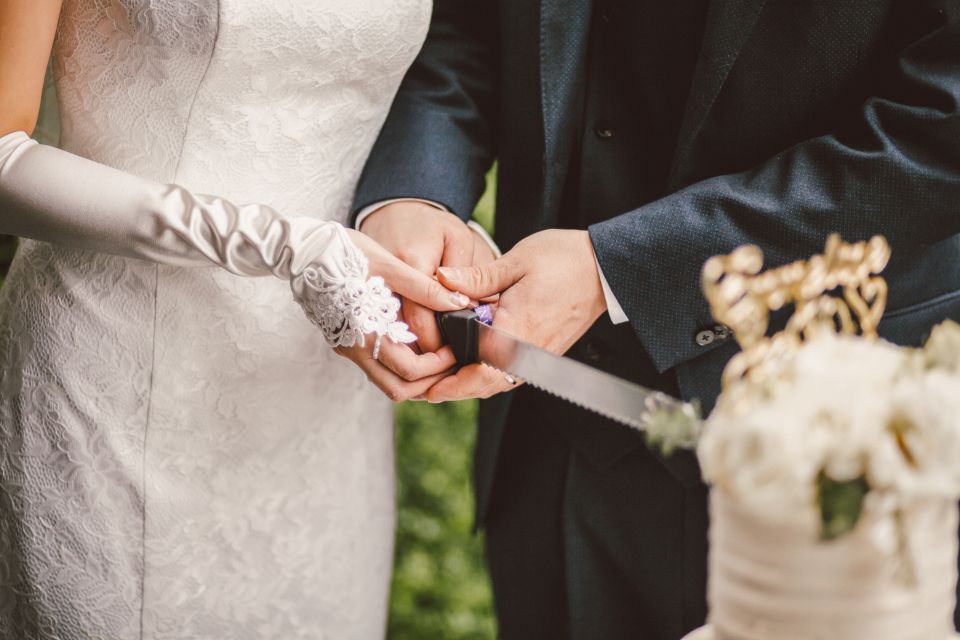
Common Pitfalls to Avoid
Overexposure: To control exposure in bright conditions, consider using ND filters. These can reduce the amount of light entering the lens, allowing for a wider range of aperture and shutter speed settings.
Focus Issues: For events with lots of motion, set your camera to continuous focus mode. This helps keep moving subjects in sharp focus throughout the shoot.
Wind Disturbance: Strong winds can introduce motion blur and shake. Use a tripod or stabilize your camera to mitigate this.
Uneven Lighting: Avoid shooting subjects who are partly in the shade and partly in bright light, as this can cause exposure problems.
Lens Flare: While sometimes artistic, lens flare can be distracting. Use a lens hood to minimize this effect when shooting towards the sun.
Distracting Elements: Be mindful of unwanted elements like trash cans, electrical wires, or photobombers that could detract from your image.
Poor Framing: Just because you have more space doesn't mean you should neglect framing. Apply the rule of thirds and be mindful of your composition.
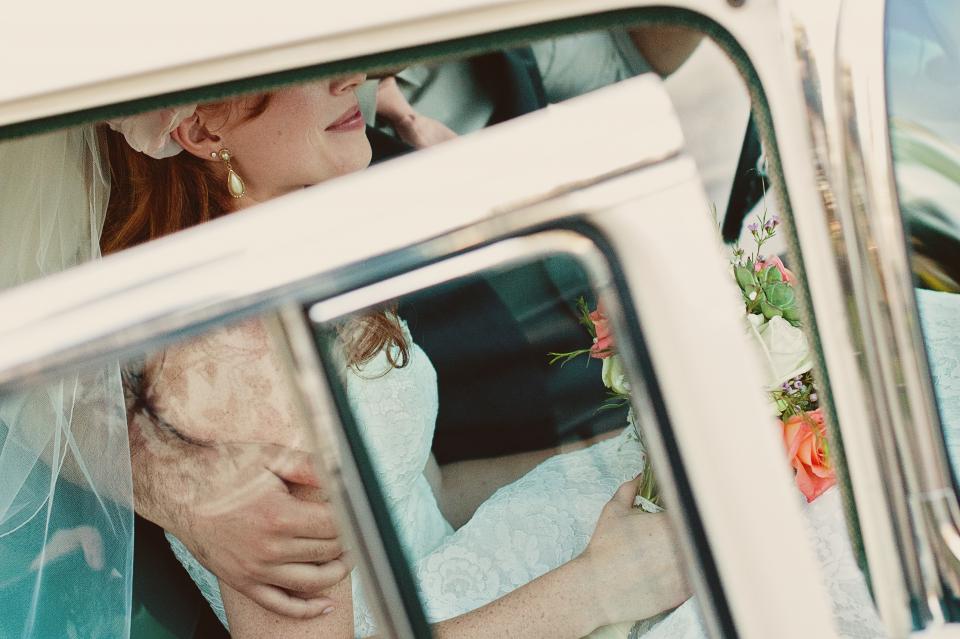
Ignoring the Sky: In outdoor settings, the sky can act as a natural backdrop. Make use of it, but avoid overexposed, blank white skies.
Lack of Context: For larger events like festivals or fairs, wide-angle shots can help capture the atmosphere and provide context to your subject-focused shots.
Ignoring the Ground: Sometimes the ground can add to a shot, like reflections in puddles or interesting textures. Don't forget to use it to your advantage.
Equipment Checklist
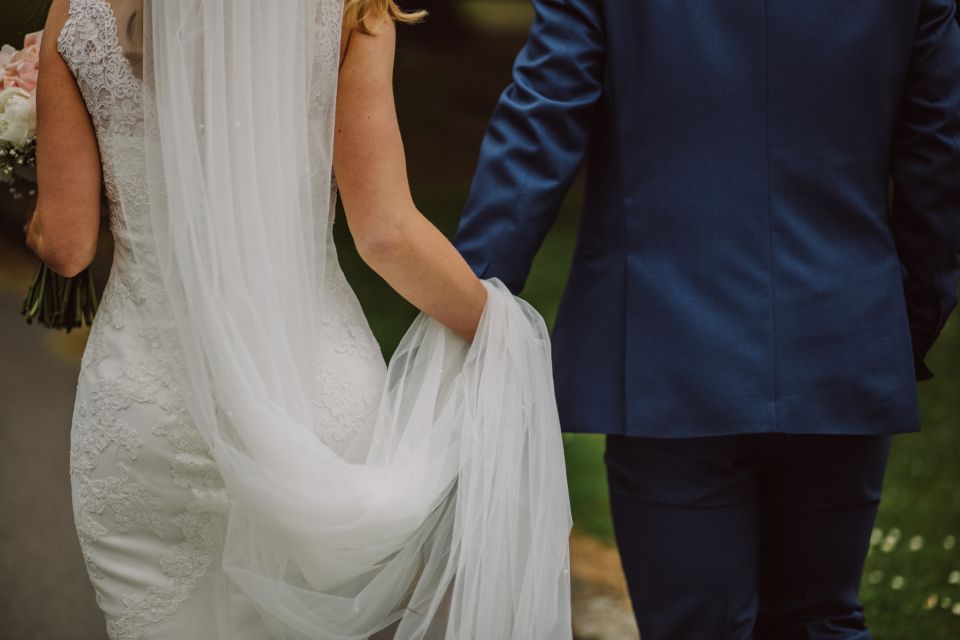
Camera: Opt for a DSLR or mirrorless camera with interchangeable lenses. These offer the most flexibility and quality for event photography.
Lenses: Bring along a fast lens with an aperture of f/2.8 or lower for low light conditions, and a zoom lens for versatile shooting options.
Flash: An external flash with a diffuser is essential for filling in shadows and providing extra light in darker conditions.
Tripod: A sturdy tripod can help you capture long exposure shots, group photos, and prevent camera shake in low light.
Memory Cards: Always carry extra high-speed memory cards. You'll be taking lots of shots, and the last thing you need is to run out of storage.
Batteries: Extra batteries are a must. Event photography can be a long process, and you don’t want to run out of power midway.
Cleaning Kit: Dust and smudges can ruin your shots. A simple lens cleaning kit can save the day.
Remote Shutter Release: For shots where even pressing the camera button might induce shake, a remote shutter release is invaluable.
Portable Lighting: For outdoor events stretching into the evening, having your own light source can make a significant difference.
Camera Bag: A well-organized camera bag can save you a lot of trouble. Ensure it's comfortable to carry for long periods and provides quick access to all your gear.
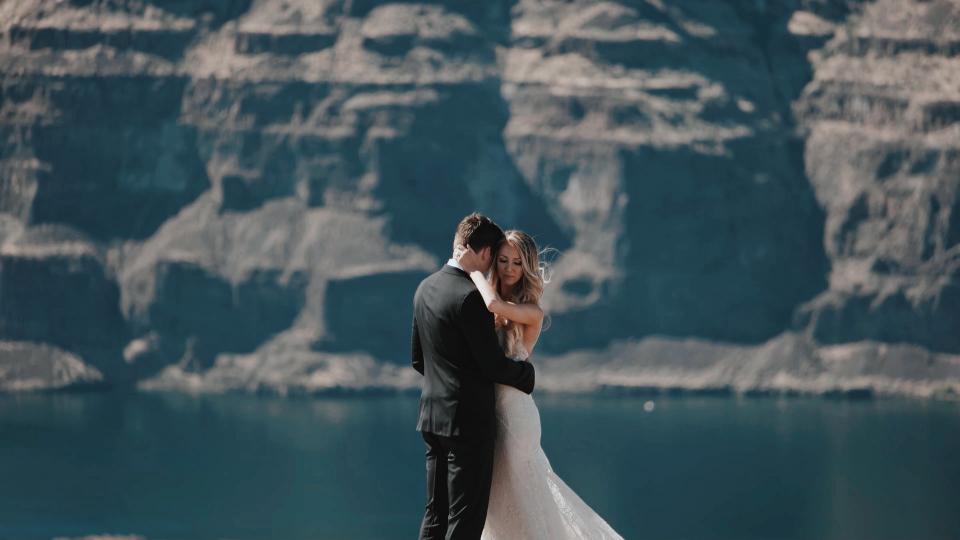
The art of event photography is multi-faceted, requiring you to be on your toes and constantly adapt to different lighting conditions, environments, and subjects. Mastering this art form involves much more than having the right gear; it's about understanding the nuances of your settings and subjects, being prepared for a variety of challenges, and creatively capturing the essence of the event. Whether you're an aspiring photographer, a marketing professional, or someone looking to diversify their skill set, this comprehensive guide arms you with the knowledge you need to succeed in any event photography setting.
With the tips, best practices, and essential gear outlined in this guide, you're now ready to tackle any event, capturing memories and moments that will last a lifetime. Happy shooting!